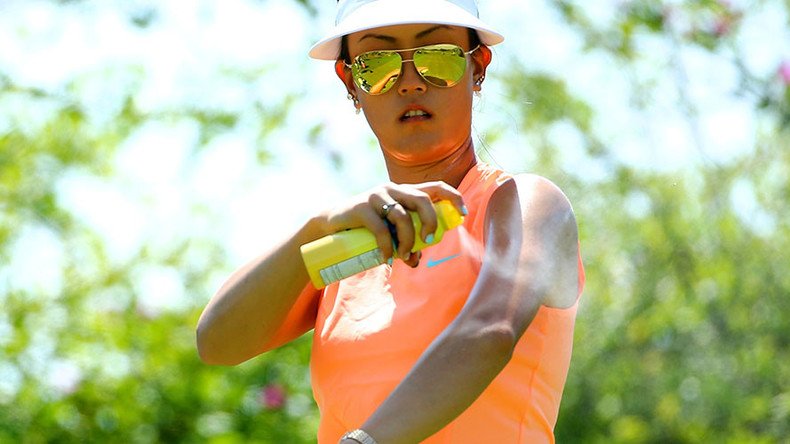Feel the burn: Sunscreen not living up to its labels

As summer approaches, so does the tradition of slathering exposed flesh with sunscreen. With SPFs ranging from 15 to 110, it should be nearly impossible to get sunburnt. However, a consumer report indicates sunscreens are not as effective as they claim.
Consumer Reports tested 60 lotions, sprays, and sunscreen sticks to see if they lived up to their Sun Protection Factor (SPF) claims. Unfortunately, 43 percent did not. The study found that three had an SPF below 15, meaning they were not able to effectively protect users against the sun’s rays, which can cause problems ranging from sunburns to skin cancer.
What the heck does ‘natural’ food mean, anyway? Tell the FDA https://t.co/hsYb3Cpihnpic.twitter.com/4q4e7YnTGK
— RT America (@RT_America) May 8, 2016
SPF is advertised on every bottle of sunblock in a wide range of numbers. It is easy to assume that the higher the SPF, the better protected your delicate skin will be. However, that is not necessarily the case.
The study found that only 70 percent of the sunscreens tested claiming SPFs ranging from 40 to 110 actually had SPFs of 30 or higher.
For those that swear by natural sunscreens, well, that’s not any better – quite the opposite, in fact. Mineral sunscreens were found to be the least reliable when it came to sun protection. In a broader four-year study, Consumer Reports tested 19 different mineral sunscreens and found that 74 percent didn’t meet their advertised SPF level.
This year’s study of nine mineral products found that only 44 percent of sunblocks boasting an SPF range of 30 to 39 tested at an SPF of 30 or higher. Of the 20 mineral products tested claiming an SPF of 40 or higher, only 20 percent proved to have an SPF of even 30.
Even worse for our sensitive skinned readers, higher SPF does not necessarily guarantee increased protection from the sun. The Environmental Working Group (EWG) found that “protection in American sunscreens maxes out at about 15 to 20,” and “Higher SPF products will not offer proportionally higher protection.”
In 2007, the FDA called products claiming to have an SPF of 50 or higher “inherently misleading,” and consequently refuses to co-sign them. The agency has not made any moves to do anything about it, however. After spending 34 years reviewing the safety and efficacy of sunscreens, the FDA still allows companies to advertise their sunblocks as “broad spectrum,” without having to provide any proof backing their claims.
Melanin, the skins protection from UV rays, may worsen chances for skin cancer - Yale http://t.co/7LOl15RRAspic.twitter.com/J96UKgYqmc
— RT America (@RT_America) February 20, 2015












